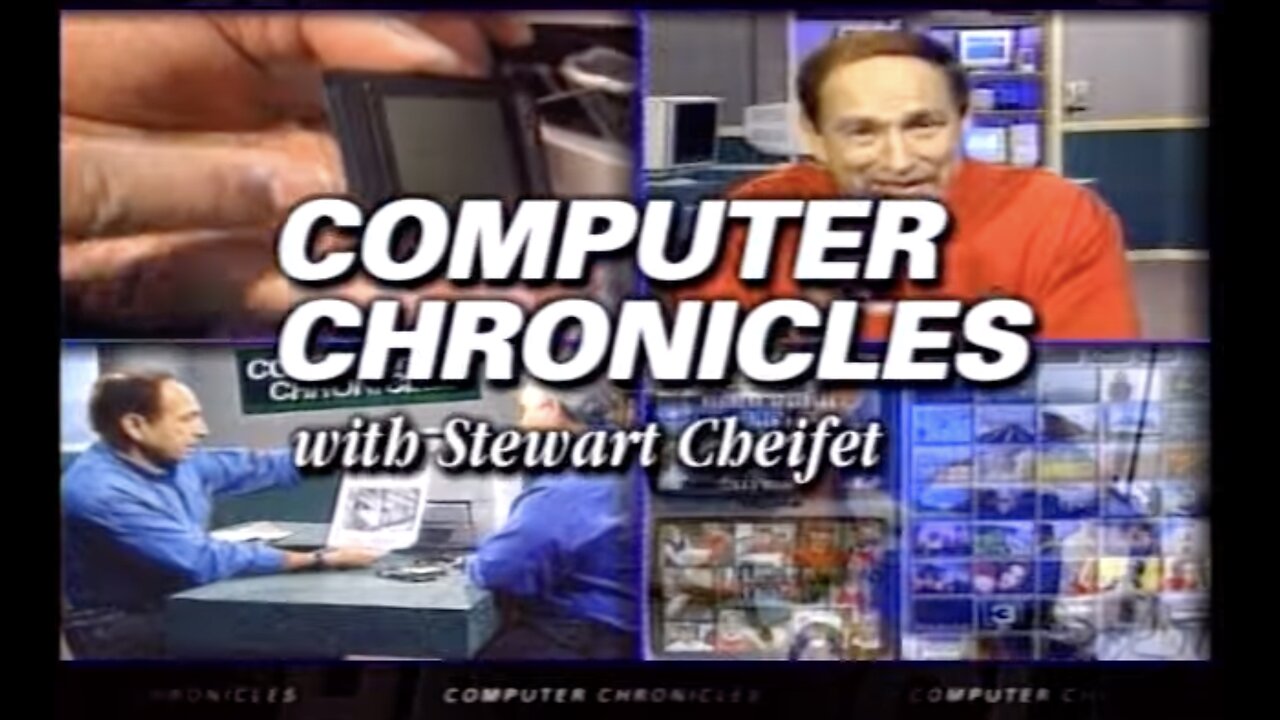Whew! It’s been another wild week for Tech News!
Here’s a crazy stat for ya:
We are currently 16 days into 2026, and The Lunduke Journal has already recorded 19 shows (17 of which have been published on every platform, and 2 others to be published this weekend everywhere… but are already available via the MP4 download page). And that’s with taking New Year’s Day off (and getting the flu this week).
It’s a heck of a lot of Tech News, to be sure.
Lunduke’s Top Stories for the Week
If you only have time to watch a few of shows, I recommend these 3 as being the most interesting (or important… or just… strange) from the last week:
In other words: A pretty gosh-darned crazy week for Linux.
(Those links are to Lunduke.Substack.com, but you can watch all of those shows on any other platform. As always.)
Other Tidbits of Awesomeness
A few other notes on this, most excellent, Friday!
The Lunduke Journal started publishing to TikTok this week. Why? Who knows! Because we can!
If you are a subscriber you can get access to the MP4 download pages (as well as the official forum) by following instructions on the Perks Page.
So, you know, you want one of those.
And, with that, I leave you with a screenshot of the MP4 listing of the shows so far in 2026. Bonkers.

-Lunduke


















